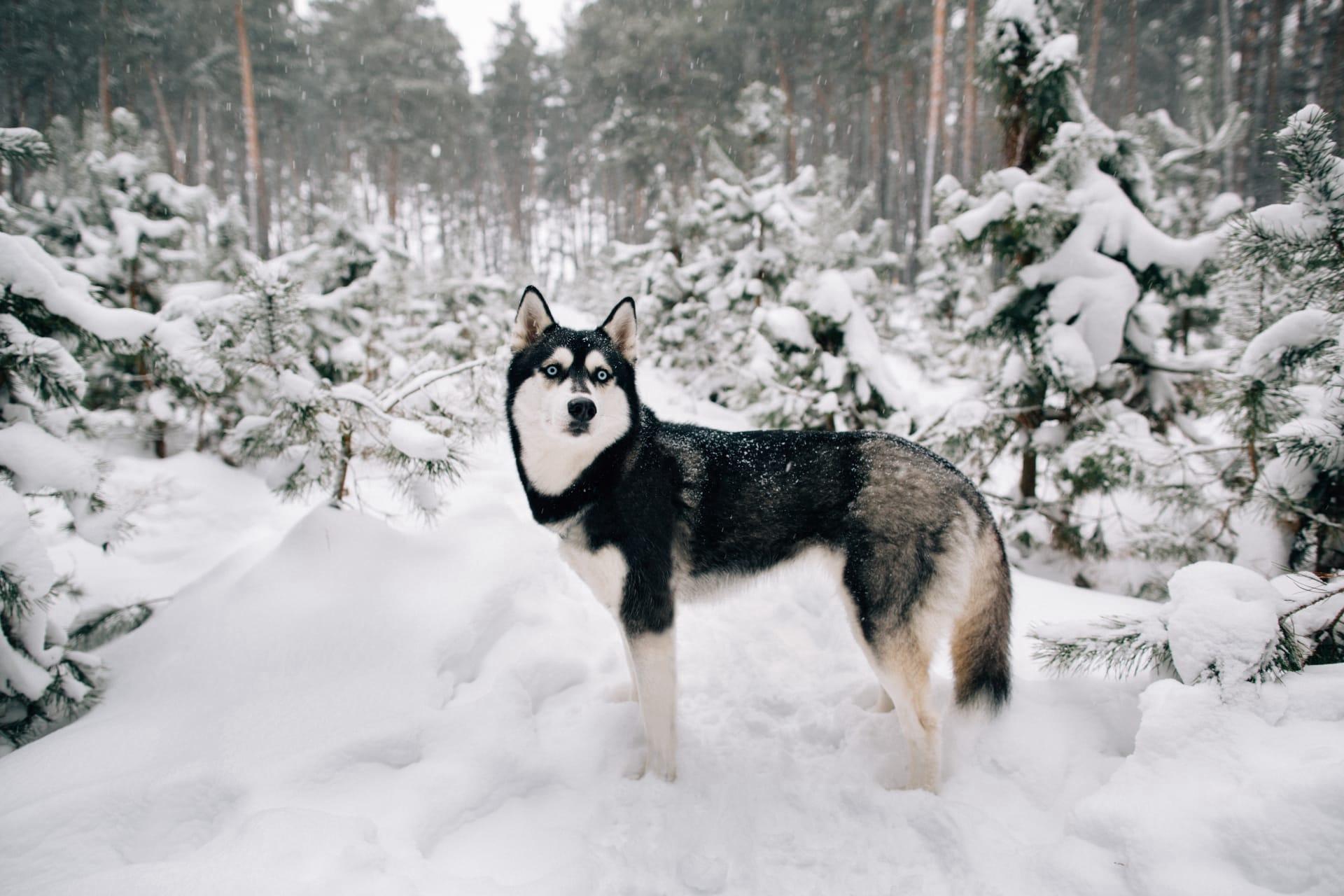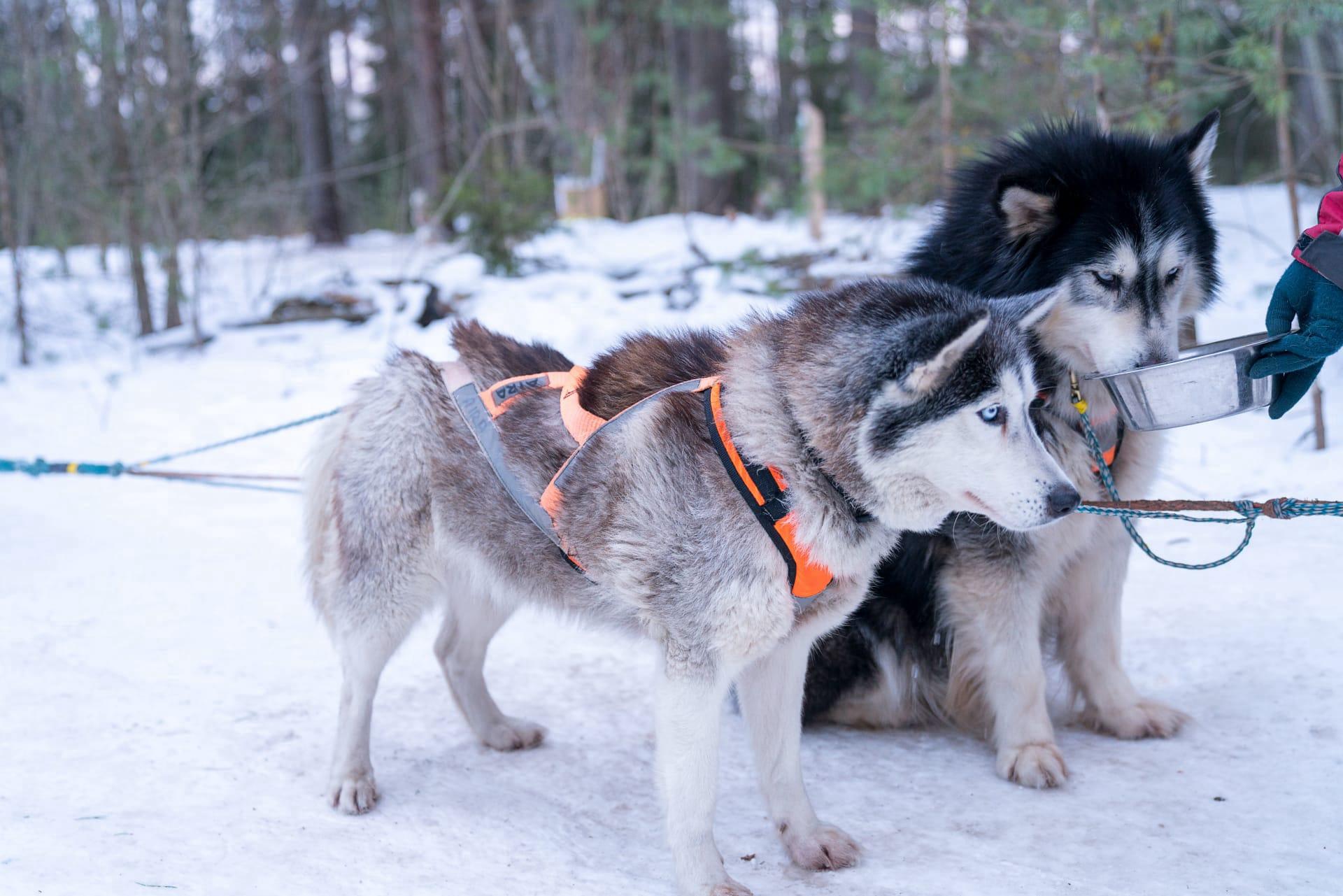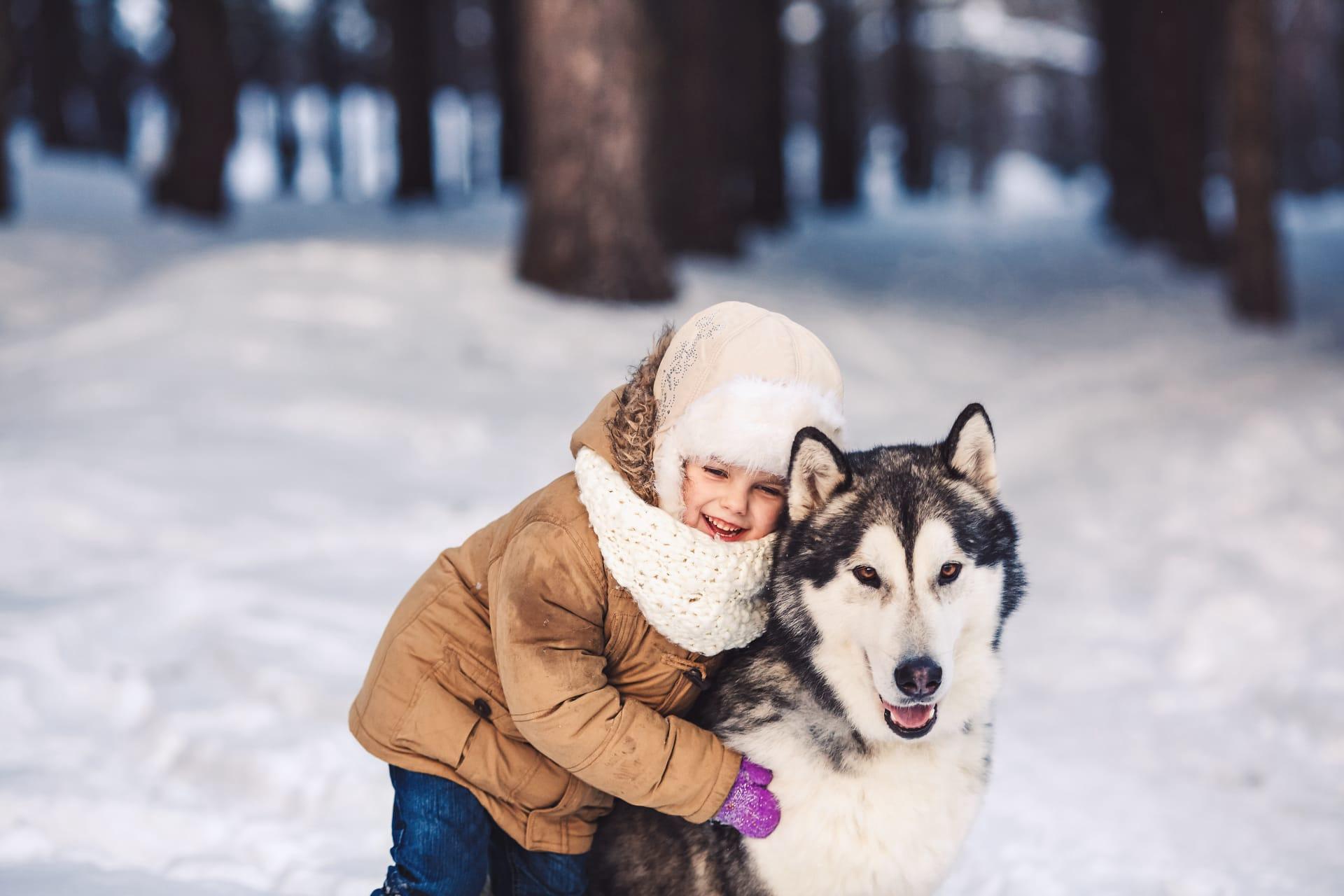Alaskan Malamute
- Home /
- Mini Encyclopedia /
- Animal /
- Alaskan Malamute
1
The Alaskan Malamute, a robust and sturdy breed, belongs to the Canidae family, which includes domestic dogs, wolves, foxes, and other similar mammals. Its genus is Canis, shared with dogs and wolves, pinpointing its close relation to these species. The breed's specific epithet is Canis lupus familiaris, aligning it with domestic dogs. Originally bred by the Mahlemut tribe of Alaska, this breed is recognized for its strength and endurance, historically used for heavy sled pulling and hunting.
Geographically, the Alaskan Malamute's distribution is fascinating. Although its origins trace back to Alaska, particularly in the Norton Sound region, its popularity and adaptability have seen its presence expand globally. In colder regions like Canada, Norway, and Russia, they are valued for their strength and resilience in harsh weather conditions. In the United States, beyond Alaska, they are found widely as family pets and working dogs, thriving in diverse environments while retaining their strong, wolf-like appearance.

2
Question: Is it true that Alaskan Malamutes are naturally aggressive towards other animals and humans?
Answer: This is a common misconception about Alaskan Malamutes. In reality, they are not inherently aggressive. Their temperament is often misunderstood due to their size and wolf-like appearance. Alaskan Malamutes are known for being friendly, affectionate, and loyal to their human families. However, like any breed, individual temperament can vary. They may show dominance towards other dogs, but this behavior is more about asserting hierarchy than aggression. Early socialization and training are key in shaping a well-behaved and sociable Malamute.

3
The survival strategy of Alaskan Malamutes is rooted in their history and physical attributes. Adapted to harsh Arctic conditions, they have a dense, waterproof coat that provides insulation against extreme cold. This double coat, with a thick undercoat and a longer outer coat, is crucial for survival in sub-zero temperatures. Their large, sturdy build allows them to perform strenuous tasks like hauling heavy sleds, a skill harnessed by native Alaskan tribes. They have high energy levels and require regular exercise to maintain their health and happiness.
Additionally, Alaskan Malamutes possess a strong pack mentality. In a pack, they establish a social hierarchy that contributes to their survival strategy. This trait translates to their interaction with humans, where they view their human family as their pack. This strong bond and loyalty make them excellent companions, but they also require firm and consistent training to establish leadership and prevent behavioral issues.

4
In the ecosystem, Alaskan Malamutes play a unique role, especially in their native Alaskan environment. As descendants of working dogs, they have historically contributed to human survival in Arctic regions. Their strength and endurance made them indispensable for transportation, pulling sleds over long distances in harsh conditions. This ability was crucial for native people, aiding in hunting and moving supplies across frozen landscapes.
Today, while their role in traditional settings has diminished, they still participate in activities like sled dog racing and recreational mushing. These activities not only highlight their physical capabilities but also help in preserving the cultural heritage associated with sled dogs. In a broader ecological sense, as domesticated animals, they don't significantly impact wildlife populations. Their main interaction with the ecosystem now is through their role as companions and participants in human-led activities.

5
Film: "The Great Alone" is a captivating documentary from the United States, released in 2015. It chronicles the life of Lance Mackey, a legendary dog sled racer, and his relationship with his team of Alaskan Malamutes and Huskies. The film captures the grueling realities of sled dog racing in Alaska, highlighting the bond between Mackey and his dogs as they face the challenges of the Iditarod race.
Book: "The Alaskan Malamute: Yesterday and Today" by Barbara A. Brooks and Sherry E. Wallis, published in the United States in 1994, offers an in-depth look at the breed. It covers the history, development, and characteristics of the Alaskan Malamute, along with insights into training, care, and health issues. The authors, experienced breeders, and enthusiasts, provide a comprehensive guide enriched with personal anecdotes and practical advice.
Book: "Alaskan Malamutes" by Betsy Sikora Siino, published in 2002 in the United States, is another insightful book. It serves as a detailed resource for both prospective and current Malamute owners. Covering aspects from breed history to grooming, training, and health care, Siino's book is an invaluable guide. It offers practical advice on understanding and caring for these magnificent dogs, emphasizing responsible ownership and the breed's unique needs.